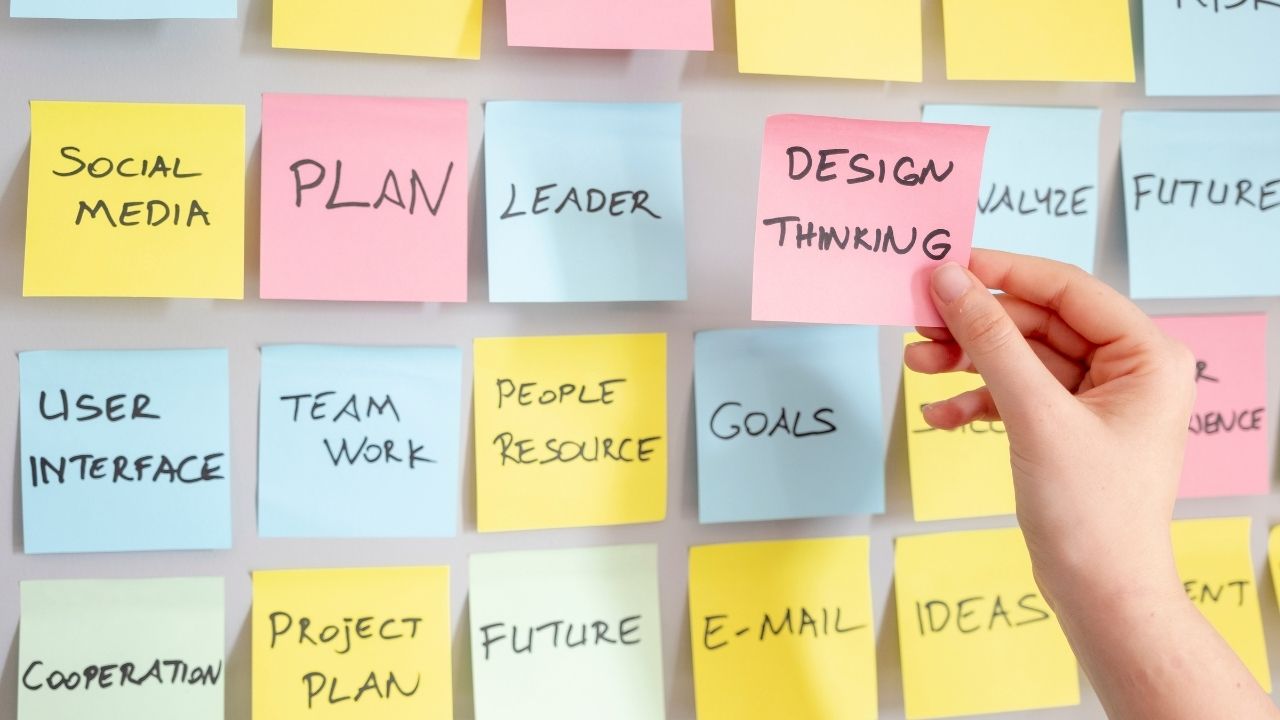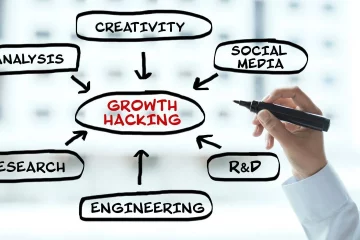In times of constant change, businesses have to adapt rapidly. These changes prove to be challenging for both designers and organizations, who have to find ways to utilize innovation as a tool for transformation.
The methodology that facilitates problem solving, design, and development of products or services is aptly named Design Thinking. This method is effective in finding innovative ideas that conquer the market, keeping people as the center of attention.
For Josefina Cox, publicist and Endeavor mentor, “It’s always hard giving structure to the creative process, since it’s subjective in its essence, but several tools exist to accomplish this. Design thinking is one of them, tools that capture ideas, helping everyone become more creative in their disciplines”, states the Strategy Director for FutureBrand.
A good design thinker is collaborative and open to making mistakes, exploiting ideas to create new solutions in an era where design matters. Key points to consider when Design Thinking include:
- Understand and Empathize: Understand and define the problem as much as possible. In this phase analysis is important, but above all else ask questions. It is vital to carry out a market study to understand your target client (read our tutorial on creating a buyer persona here). Empathize with the user and the environment in which they are interacting with design. Human needs are at the core of this methodology.
- Define: After understanding what customers expect from products or services, clearly define how they can be provided. While optimal customer satisfaction is a great focus to have, it’s not always easy to meet expectations. At this stage it’s about visualizing the future, keeping the long-term profitability of the business is vital.
- Ideate: There is no reason to discard any idea, refrain from being too quick to judge. All options are valid when creating a good strategy that results in a good product or service. Always maintain focus on the problem and study all alternatives to stay amidst the most valuable solutions.
- Prototype: This is one of the most important parts of the process, consisting of building out the product or service as quickly as possible. Prototyping is the most understood phase and helps visualize the impact of design thinking. Experimentation is the guiding principle of a creative organization and thus, this stage is the best tool for refining the marketing and sales of a project.
“Today things change rapidly, that’s why reviewing processes, services and experiences should be done routinely within a company. I do not mean that they should change the business model constantly, but instead review how well the brand is doing in order to gradually improve the customer experiences they are providing,” comments Josefina.
Changing the world is what organizations that base their strategy in “doing” things differently set out to do. Many entrepreneurs that base their businesses in corporate social responsibility are design thinkers that have placed people at the core of their project. To have more successful innovation, key integration mechanisms and the strength of the underlying methodology create company cultures that give consistency and structure to the way new products are developed.
This article is a translation of “Design Thinking: cómo estimular la creatividad en tu empresa” by Endeavor Chile. Translation by Endeavor Staff member Eric Marroquin with additional support from Laura Ginebra.


